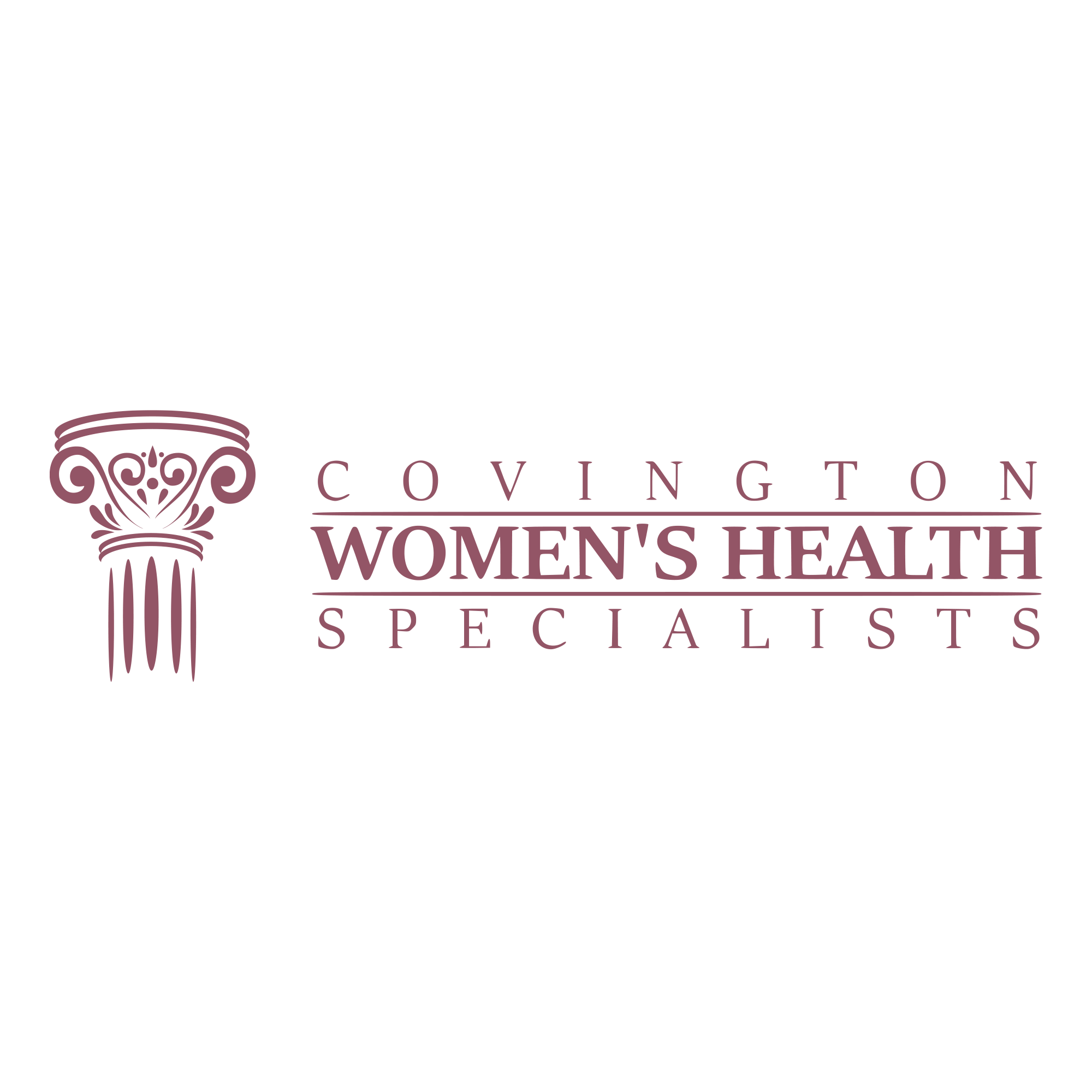Hysterectomy Nitty Gritty
Hysterectomy is a surgical procedure performed to remove the uterus. Although the ovaries and tubes are connected to the uterus, the hysterectomy procedure means removal of only the uterus. There are several reasons why you might require this surgery, as removal of the uterus is used to treat a number of different female health conditions.
While our providers can discuss your medical options with you based on your specific symptoms or concerns, the following points can help you prepare for a hysterectomy consultation. And it is important to know that if a hysterectomy is recommended or an option for treatment, this means only your uterus will be removed. Removal of the ovaries (called oophorectomy), may be offered, but is a separate procedure. Removal of the tubes (called salpingectomy) is commonly done during a hysterectomy because this reduces the risk of ovarian cancer later in life if one or both ovaries are left in place after a hysterectomy is done.
After a hysterectomy, there is no longer a possibility for pregnancy. For this reason, other alternatives may be explored if you wish to have children.
Why Are Hysterectomies Performed?
Some hysterectomies are required such as those done to treat cancers. But most hysterectomies are requested by patients to treat bothersome or dangerous symptoms such as heavy periods which can cause anemia. When it is a patient’s choice whether to have the uterus removed or not, it is known as an “elective hysterectomy.”
The most common reason to have an elective hysterectomy is to treat the problems caused by uterine fibroids. These are noncancerous growths that can cause uncomfortable symptoms like long, heavy periods, pelvic pressure, pain, and sometimes frequent urination.
There are other conditions that cause heavy periods and a hysterectomy to stop the bleeding may be an option. Dangerously heavy periods can occur even if the Pap smear, ultrasound and other testing is normal, so each patient must be evaluated individually and options for treatment determined for that patient. Heavy periods that cause anemia should not be ignored because the heart has to work harder in anemic people and over time, this extra work can damage the heart permanently.
Hysterectomy is also sometimes offered as a treatment option for patients with chronic pelvic pain or endometriosis that doesn’t respond to other treatments. Additionally, sagging (called prolapse) of the uterus may be another reason hysterectomy is recommended.
There are several types of hysterectomy, including:
- Total hysterectomy, in which the uterus and cervix are removed.
- Partial hysterectomy, in which the upper part of the uterus is removed but the cervix remains in place; this is also called supracervical hysterectomy or subtotal hysterectomy.
- Radical hysterectomy, in which the uterus, cervix, part of the vagina, and other surrounding tissue such as the ligaments that hold the uterus in place; this is only performed to treat cancers.
Hysterectomies can be performed through a number of methods, including:
- Total Vaginal, during which the uterus is removed through the vagina without any incisions in the abdomen.
- Laparoscopy, during which small abdominal incisions are made, a camera (endoscope) is inserted into the abdomen, and several small tools which the surgeon holds and uses are inserted to remove the uterus which is typically removed through the vagina.
- Robot-assisted laparoscopy, during which small abdominal incisions are made, but the camera (endoscope which is inserted into the abdomen) and the small tools used to remove the uterus are held by a robotic device which the surgeon controls using a computer console; the uterus is typically removed through the vagina.
- Abdominal or open hysterectomy, during which the uterus is removed through an abdominal incision; the bigger the uterus, the longer the incision typically is.
The best type and route for a person’s hysterectomy can only be decided after evaluation of that person by the surgeon who will perform the procedure. But in general, depends on the reason for the hysterectomy, the size of the uterus, the presence of scar tissue such as from past surgeries and the size and health of the patient.
Are Hysterectomies Safe?
Having any surgical procedure comes with certain risks. Hysterectomy has a low complication rate, so it is generally safe and has excellent success rates. But it is major surgery, it requires general anesthesia and sometimes a stay in the hospital. You can think of having surgery like driving your car, even when you are doing everything the way you should, something can still happen that keeps you from getting home safely, but because nothing bad usually happens, you keep driving your car! More than half a million hysterectomies are performed in the U.S. every year, and most people who have the procedure are satisfied with their choice of having a hysterectomy.
Although vaginal, laparoscopic and robotic hysterectomies are less invasive than open hysterectomies performed through a large incision, all hysterectomies carry certain risks which in part depend on a person’s body characteristics and should be discussed with your surgeon. But in general, the risks associated with hysterectomy are similar to other surgeries and include blood clot formation in the arms or legs, infection, excessive bleeding, adverse reactions to medications such as anesthesia, and medical problems like pneumonia.
The surgeons at Covington Women’s Health Specialists perform hysterectomies exclusively in a hospital, the safest place for a hysterectomy to be done.
Choosing the Right Provider
Choosing the right provider can help you feel confident in your healthcare decisions. You should not be “rushed” into having any surgery, especially not a hysterectomy. If you are experiencing gynecologic problems, the evaluation of your symptoms should be thorough and your diagnosis and treatment options explained to you.
As mentioned above, hysterectomy is only required if cancer is diagnosed. Be wary if hysterectomy is the only treatment offered to you. For most reasons to have an elective hysterectomy, other treatment options are usually available. The other treatment options may not be as effective as hysterectomy for treating your condition, but the treatment you accept is your choice.
It is helpful to know that if you are seeing a surgeon with Covington Women’s Health Specialists, you are working with a team that is not only experienced in performing the procedure, but also in offering non-surgical treatment options when appropriate. Our gynecologists utilize the latest technology to ensure optimal surgical outcomes. Our surgeons are able to perform all types of hysterectomies to meet your needs.
Covington Women’s Health Specialists leverages advances in medical technology to treat a wide range of gynecological conditions with minimally invasive procedures, including robotic, laparoscopic as well as open surgeries. Our team is also dedicated to finding the right solution for each patient’s individual condition and lifestyle needs, from common gynecological issues to menopause symptoms. We will discuss each option for medical and surgical treatment with you as well as the risks they may present so you can make an informed choice.
To learn more about hysterectomies, contact our office to schedule an appointment with one of our providers. You can reach out online or call us at (770) 385-8954.






